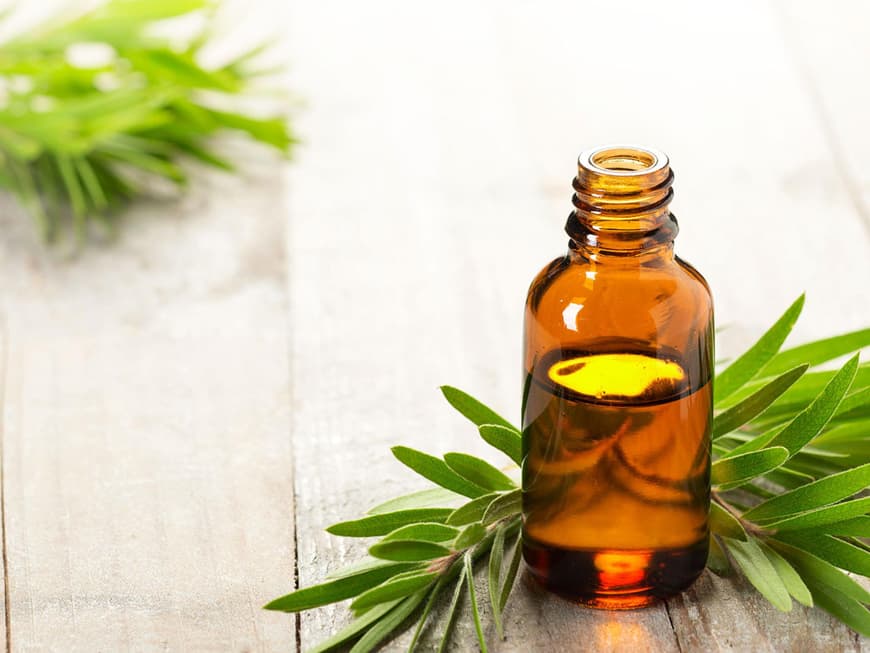
The British explorer and circumnavigator James Cook brought the plant to Europe around 1770 - he had observed that the Aborigines used the decoction made from the leaves of the tea tree to treat skin problems and wounds.
Renaissance
However, it was not until 1925 that its essential oil was distilled and its aseptic, bactericidal and fungicidal effects were proven. Today, tea tree oil is experiencing a real renaissance due to its many uses - it is a real all-rounder. However, the oil does not smell very pleasant to sensitive noses.
Ingredients
The active ingredients of the essential oil in the leaves consist mainly of terpinene, cineole, pinene and monoterpenes. Terpinene is effective against bacteria, fungi and viruses, while pinene also helps against bacteria. Monoterpenes accelerate the healing process of the skin, and cineole also has an antibacterial and expectorant effect.
External effect
Thanks to its ingredients, tea tree oil tinctures are good for all skin problems: Acne, blackheads, skin fungus, herpes, genital warts and even the reappearance of scabies can be treated with tea tree oil. The application is very simple: dab the tincture or self-diluted oil directly onto the affected areas with a cotton bud.
Internal effect
You can also gargle with a tea tree oil and water solution to prevent and treat tartar, gingivitis, tooth decay and bad breath. Inhale tea tree oil to relieve a cold: To do this, add two or three drops of oil to hot water and inhale the steam deeply. Tea tree oil is available in pharmacies, drugstores and health food shops.
